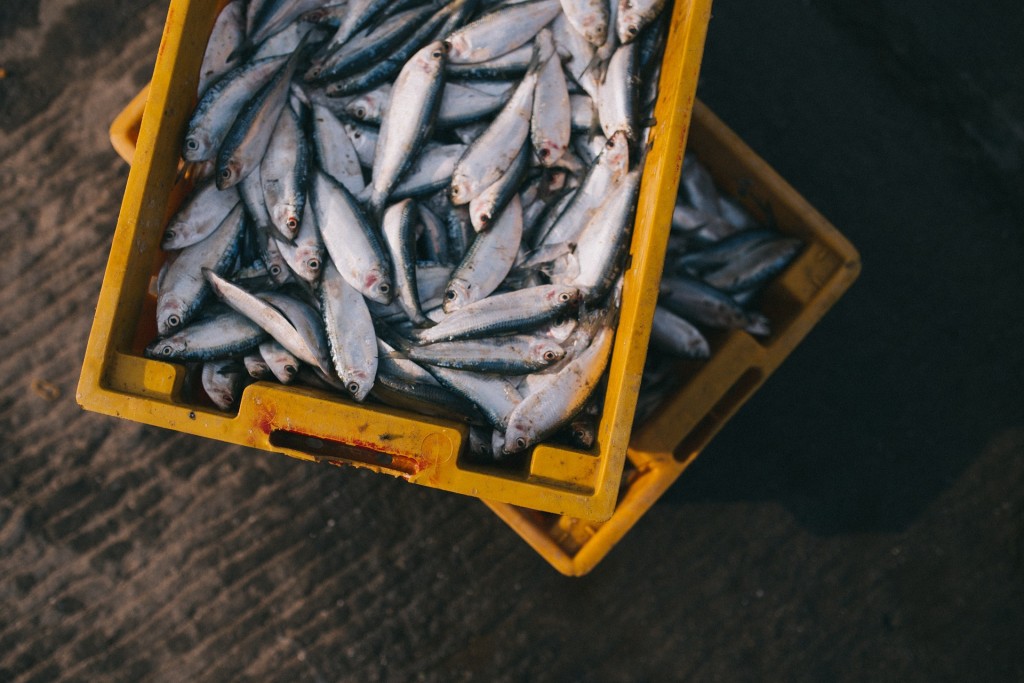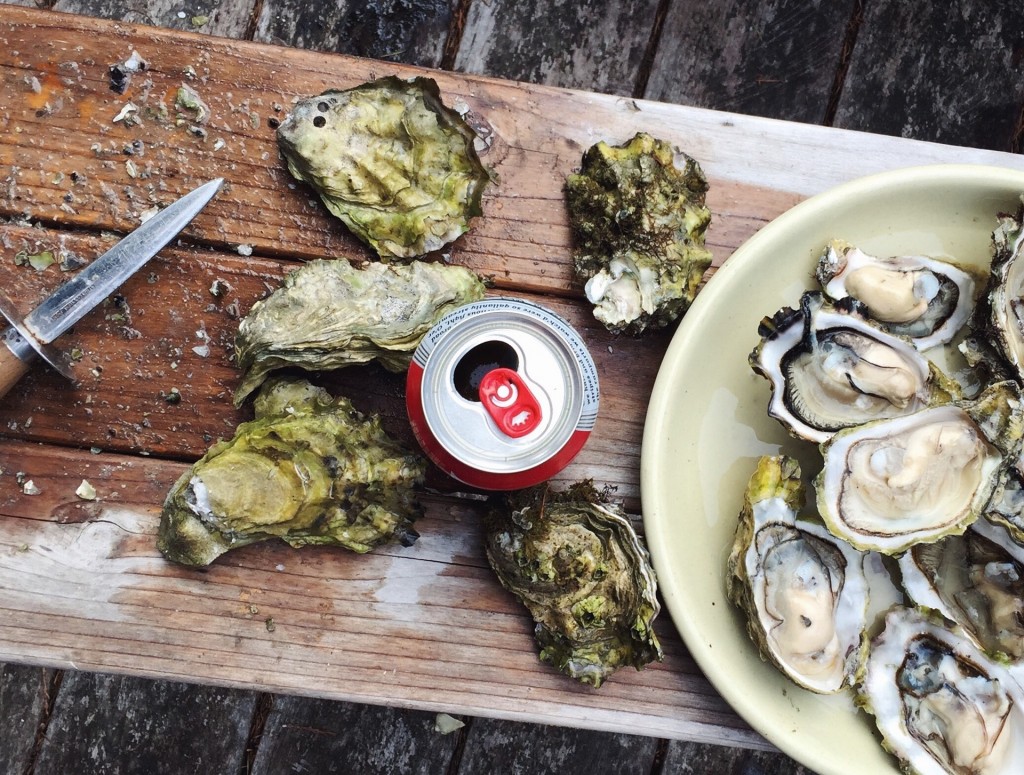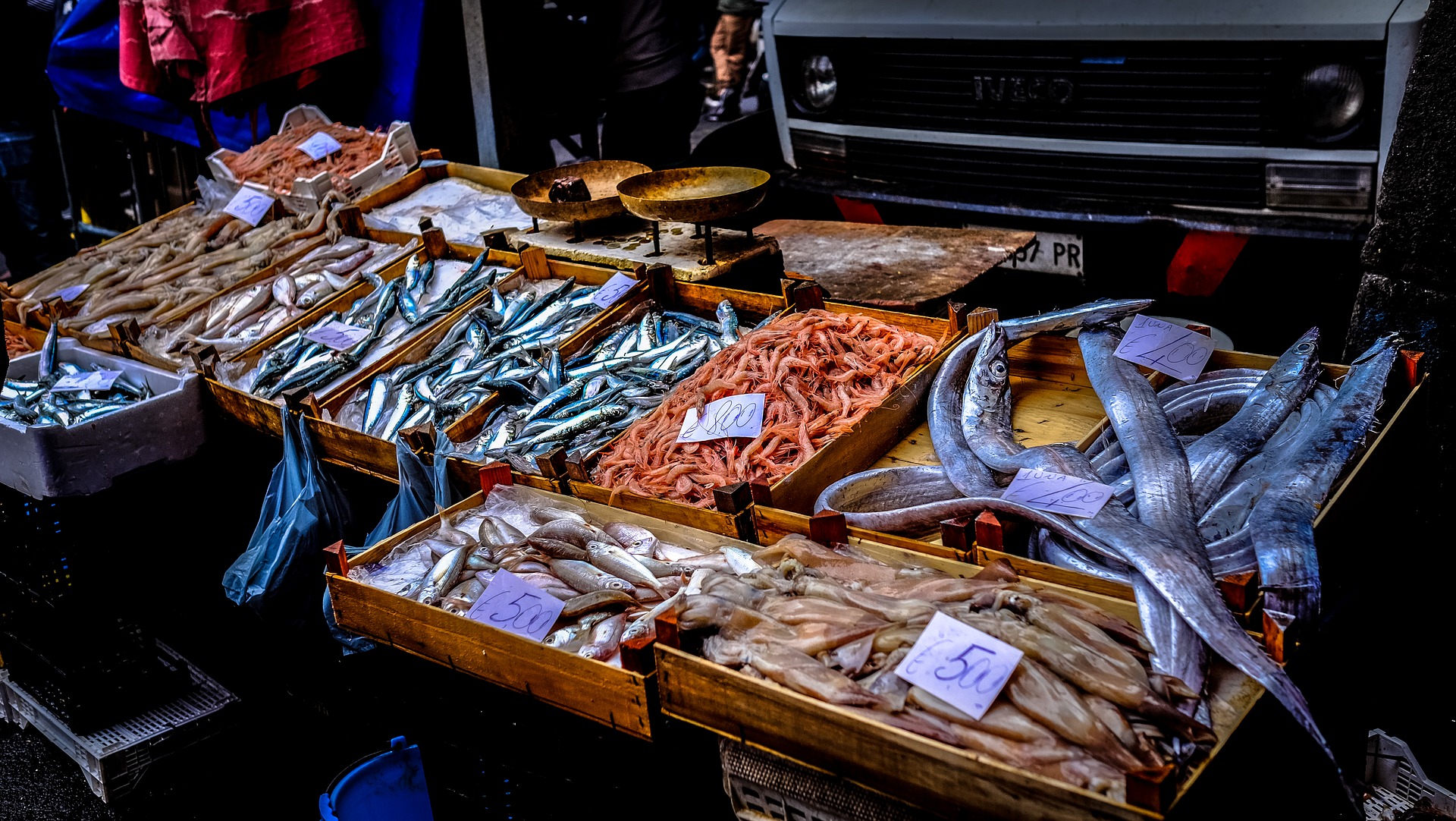As more of the world becomes aware of the need for sustainability, even the seafood industry has taken steps. But just what is sustainable seafood–is there anything specific you should know about it?
1. 70% of Seafood is Currently Over-Fished
According to National Geographic’s page regarding Sustainable Seafood, nearly 70% of the fish that humans eat are currently exploited. An increase in the demand for seafood has even led many species to undergo a collapse. One of the most notable examples is the current tuna shortage, as reported by NBC.

2. The Consequences Go Beyond Our Dinner Plates
Dangers to fish populations are not only bad news for diners who love fish – the health of the ocean’s ecosystem is essential to the survival of the earth. Choosing sustainable seafood is more important than ever. We must replenish the oceans and secure a safe habitat for underwater life for generations to come.
3. How Does Sustainable Fishing Work?
In general, sustainable fishing entails only targeting plentiful species of fish, mollusks, and other seafood. It’s also strategically advantageous to target ocean life that is relatively low on the food chain; these fish reproduce at a faster rate and can rebuild thriving populations in a short amount of time. Sustainable fishing also involves technology to limit bycatch, which happens when other species of ocean life getting caught in fishing nets.
4. How Do Wild Fisheries Work?
Sustainable (also known as ‘wild’) fisheries are more difficult to run than standard facilities. A few difficulties include accurately monitoring the population of various species and allowing consumers to track the history of their seafood all the way back to the boat that caught it. If you buy farm-raised fish (and chances are you do), look for a variety that’s been produced in eco-friendly conditions.

5. Respecting Aquaculture with Your Purchasing Power
Another important buzzword in the sustainable fishing world is “aquaculture”. According to statistics from the National Oceanic and Atmospheric Administration, more than half of the fish the world eats is produced by fish farms. Sadly, most of these farms aren’t committed to sustainable methods. Consumers can drive the direction of the fishing industry by only buying seafood from companies committed to limiting pollution and damage to river and ocean habitats.
Other Resources to Learn About Sustainable Fishing
We hope you’ve learned a little about why sustainable seafood is such an important cause. If you’re curious about some of the species currently being over-exploited, you can always check current updates from Seafood Watch, one of the world’s foremost ocean safety watchdog groups. Also useful is the World Wildlife Federation’s guide to sustainable seafood; we recommend downloading it to your phone so you can reference it when you shop for fish, mollusks, and other seafood.
Thanks for your interest in sustainable fishing. Together we can help protect more of the earth’s incredible, delicate ecosystems.

